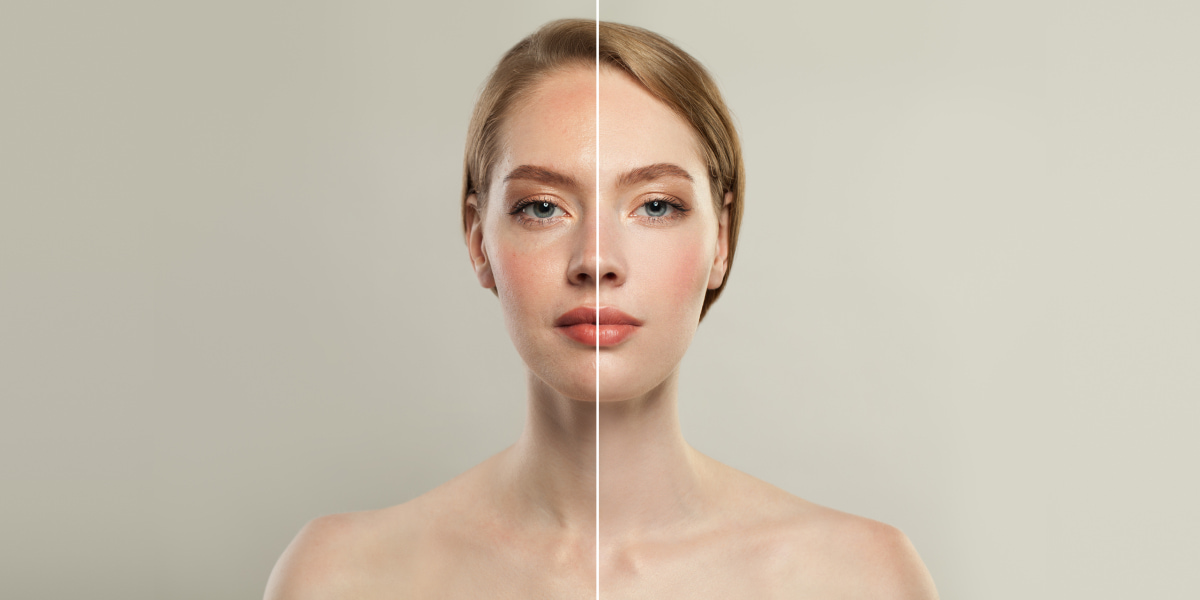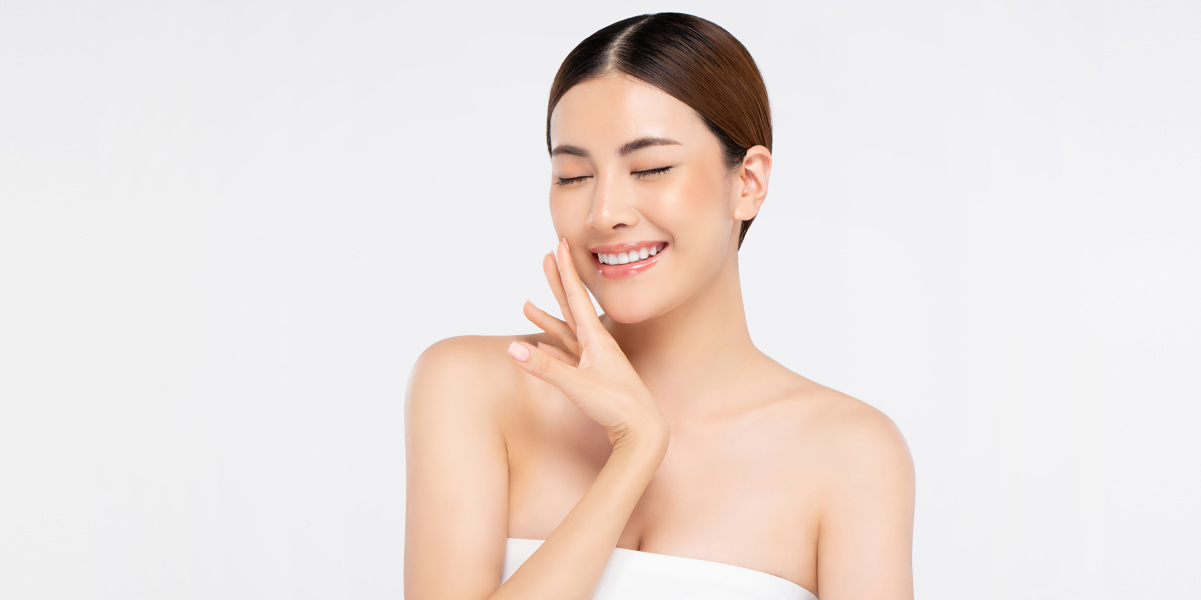Published on December 6th, 2022
Last updated on January 24th, 2023
Milia Extraction At Home – Only Proven 6 Methods
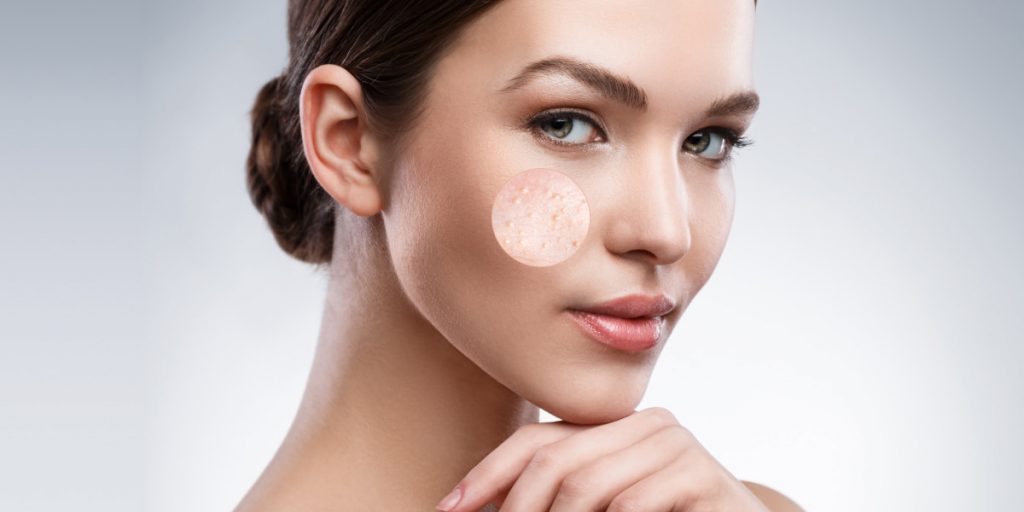
Milia are tiny, hard bumps on the skin’s surface that can easily be mistaken for pimples. Most often, they can be seen on the surface of the skin of the face, but in rare cases, they can also be on other areas of the skin. The white-coloured nodules are not dangerous, but for many people, especially women, it looks aesthetically unattractive, and they want to extract milia on their faces.
Sometimes, milia can go away on their own, but if you are looking for a way for milia removal, we can advise you on methods at home, only methods that are proven effective.
We know how to help you get rid of milia. Keep reading to learn more about these methods and how to use them safely and effectively.
What Are Miliums?
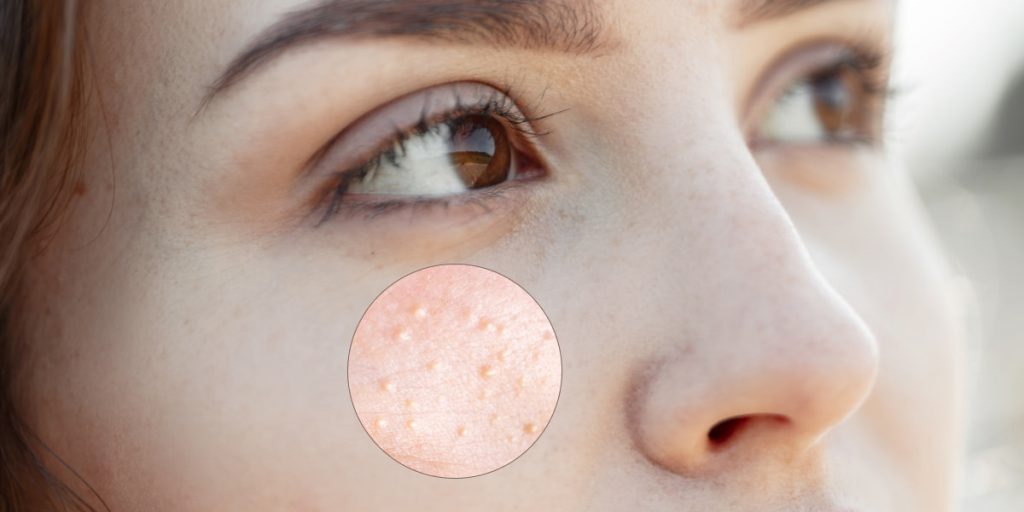
Milia can be described as small cysts that form on the skin covering and are an accumulation of horny masses, skin protein keratin and subcutaneous fat. Externally, it is a dense white or yellowish ball with a smooth surface and a diameter of 0.5 to 3 millimetres.
In most cases, the appearance of milia is multiple. Over time, they grow larger and larger, so milia extraction is recommended but not required. Despite the absence of physical discomfort, they act as provocateurs of moral distress, often making a person feel insecure and reducing self-esteem.
White pimples can appear on healthy and damaged skin, with traces of burns, bruises, and bruises. Most often, milia appear under the eyes, which is quite often challenging to do the treatment.
Causes Of Milia
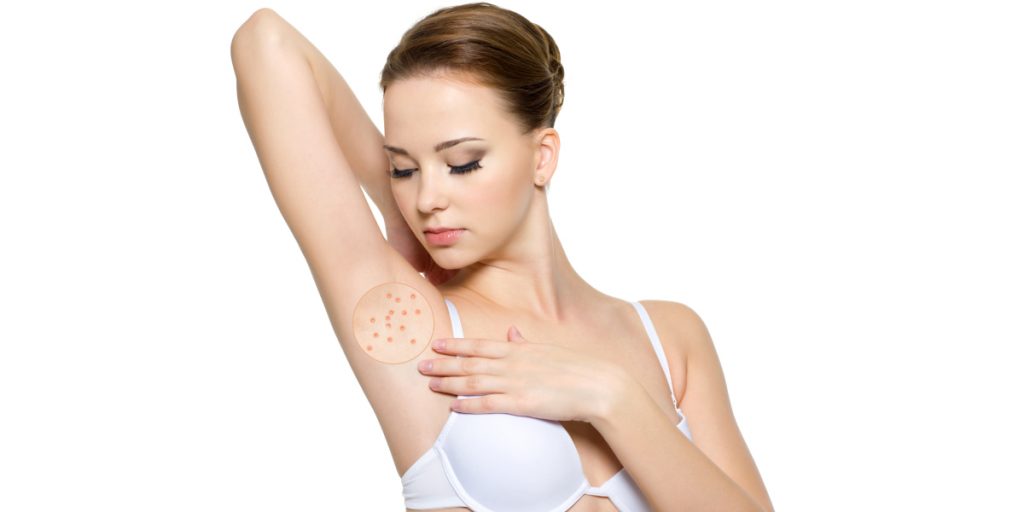
Milia can be primary or secondary. The former form during embryonic skin development and are considered congenital. Such milia occur in all people under the eyes and do not require special treatment. But it is also worth noting that this type does not enlarge but is in the same position.
The second type is acquired; it appears in adulthood due to specific reasons:
- Quitting smoking. Smokers are two times more likely to have milia than non-smokers. The constant contact of nicotine with the skin causes it to dry out, resulting in small white balls on the face;
- Hormonal imbalances during menopause, pregnancy, or taking hormonal medications;
- Diets that promote weight loss. Malnutrition and dehydration are detrimental to the skin, contributing to the appearance of milia;
- Exposure to sunlight. Ultraviolet radiation dries the skin, making it thinner and more susceptible to injury. It means there is a chance that you will have to resort to removing milia on your face;
- Using cosmetics with comedogenic properties, which clogs pores. Milia appear on the face as a result of using any poor-quality foundation, powder or cream;
- Skin conditions. Cysts can be a complication of acne, dermatitis or eczema;
- Age-related changes. As we age, the skin loses its elasticity and becomes thinner and drier, which leads to the appearance of white balls under the eyes and on the cheeks.
How To Extract Milia At Home: Our Methods
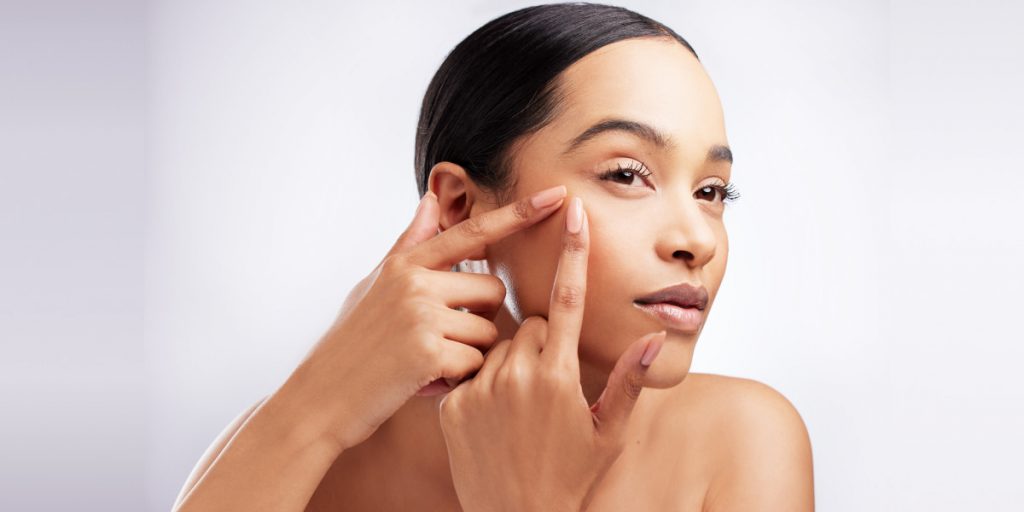
There are different ways to get rid of milia. You can use traditional methods and cosmetic procedures in a beauty salon or resort to folk medicine. The main thing is that the way you choose should be gentle enough not to damage the delicate skin around the eyes.
In this article, we decided to focus on milia removal at home because we understand that not everyone can afford expensive salon procedures. But if you can still afford salon procedures, here are a couple of them:
- Mechanical method. The instrumental process involves opening the milia – a puncture with a needle.
- Electrocoagulation. A special monopolar mode is used, which allows the eel capsule to be extracted with the help of radio waves generated by a broadband electric current.
- Laser removal of milia on the face.
- Cryotherapy. Liquid nitrogen cauterization.
Now back to removing milia at home and our top methods:
Method 1: Removing Milia With A Needle
It is one of the most common and, at the same time, quite effective methods of removing milia on the face and on other parts of the face. It consists of the fact that each white pimple is pierced with a needle, and its contents are gently squeezed out. But this method has several disadvantages:
- It is pretty painful.
- There is a risk of injury.
- It requires great care not to leave scars or other skin defects.
And, of course, before performing the procedure, you must carefully treat the face’s skin and the needle with a product with high alcohol content.
Method 2: Milia Treatment With Salicylic Acid
Salicylic acid can also be used to treat milia under the eyes. This method is much less traumatic and usually does not require special skills and knowledge. Apply a small amount to a cotton swab and gently rub it into the milia. After a few minutes, you will notice that it is softer and easier to remove. But this method is only suitable for small white balls with a diameter of no more than 2 mm. If they are more extensive, you risk damaging the skin.
Method 3: Removal Of Milia With Hydrogen Peroxide
It is another popular method for extracting milia under the eyes and on other face areas. It is based on the fact that hydrogen peroxide has a drying effect, which helps to get rid of white balls quickly. To use this method, you need to take a cotton swab, soak it in 3% hydrogen peroxide and apply it to the milia. After a few minutes, the pimple should disappear. But this method has one significant drawback – it can lead to skin irritation.
Method 4: Milia Treatment With Tea Tree Oil
Tea tree oil is an excellent natural antiseptic used to treat milia around the eyes. But it would be best if you used it cautiously as it can irritate you.
First, cleanse your face and apply a little tea tree oil to the milia with a cotton swab. After 5-10 minutes, wash your face with warm water. Repeat the procedure 2-3 times a week until the milia disappear.
Method 5: Milia Removal With Iodine
Iodine is a powerful antiseptic used to treat various skin diseases for many years. It can kill bacteria, viruses and fungi, so it can be used for extracting milia.
How to use:
- Soak a cotton swab in iodine tincture;
- Apply the swab to the milia and wait a few minutes;
- Remove the swab and wash the area with warm water.
Method 6: Milia Extraction With Lemon Juice
Ingredients:
- One tbsp. a spoonful of lemon juice;
- One cotton pad.
Instructions:
First, soak the cotton pad in water and then apply lemon juice to it. Attach the swab to the pimple and leave for 15 minutes. After that, carefully remove the swab and treat the skin with a moisturizer.
Lemon juice is an excellent natural remedy for many skin problems, including milia. The high acidity level of lemon juice helps to dissolve keratin and loosen the pores, making it easier to remove milia.
Bottom Line
As you can see, quite a few methods of removing milia at home exist. But before choosing one of them, you should consult your dermatologist or cosmetologist to find out which way is best for you. And, of course, don’t forget about preventive measures that will help you avoid relapses in the future.
FAQ
What Are Milia?
Milia is a skin condition that results in the appearance of white bumps on the skin. The spots are typically small and flesh-coloured but can also be red or yellow. They are most commonly found on the face but can also occur on other body parts.
Is It Challenging To Remove Milia?
No, milia are not challenging to remove. Many methods can be used to remove them, including home remedies and medical procedures.
How Can I Prevent Milia From Returning?
To prevent milia from returning, you should take care of your skin and avoid aggravating factors such as sun exposure and excessive dryness. You should also consult a dermatologist or cosmetologist if you have any concerns about your skin condition.
What Is The Difference Between Milia And Acne?
Milia and acne are two different skin conditions. Milia is a condition that results in the appearance of small, flesh-coloured bumps on the skin. Acne is a condition that results in the formation of pimples, blackheads, and whiteheads on the skin.




